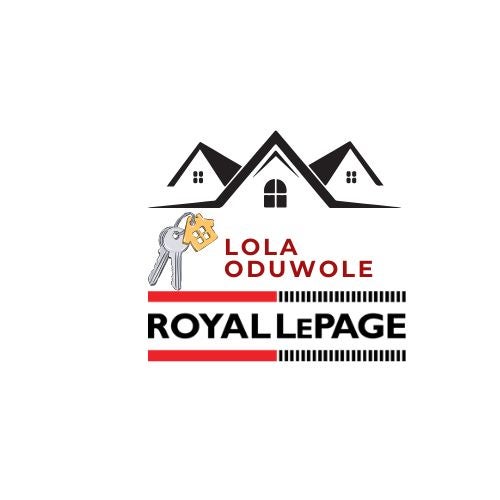Trains run five times a day from the station to Vancouver and back, which is why it is a popular city for commuters. This also makes it a great option for anyone that wants to have access to Vancouver, but would like to live in a much more affordable city. Most residents will say that the best way to get around is by car, though there are buses that run along main routes.
Because of its primarily suburban nature, Port Coquitlam relies heavily on its vehicular roads to move people and goods. For example, two of its major arterial roads, Shaughnessy Street and Lougheed Highway bisect Port Coquitlam east to west and north to south, respectively.
TransLink provides a number of bus routes throughout the city.
The most used bus routes in this section of the Greater Vancouver Regional District are the 159, which connects southern Port Coquitlam to SkyTrain at Braid Station.
Other bus routes in the city include the 160, which links Port Coquitlam with Vancouver via Coquitlam Central Station and Moody Centre Station, and the 173/174, which runs a loop through the northern half of the city, linking it with regional buses at Coquitlam Central and Port Coquitlam Station. Two major stops in the city include Port Coquitlam Centre and Port Coquitlam Station. The remainder of Port Coquitlam is served by a network of Community Shuttles.
The Lougheed Highway passes through Port Coquitlam, running from Coquitlam in the west to the Pitt River Bridge in the east. Although this highway has made much of Port Coquitlam a very congested area, it is one of the few major arterial highways in the area.
The Mary Hill Bypass, officially known as Highway 7B, runs adjacent to the Fraser River from the Pitt River Bridge on the east to the Port Mann Bridge on the west.
Canadian Pacific Railway has a major rail yard in the central sector of the city.
In October 2009 the new Pitt River Bridge, a new seven-lane cable-stayed bridge, opened to the public replacing the existing crossing. The previous crossing was made up of 2 swing bridges, which were removed upon completion of the new bridge. The Pitt River Bridge crosses the Pitt River, connecting Port Coquitlam to neighbouring Pitt Meadows.
In March 2010 the Coast Meridian Overpass, a new four-lane cable-stayed bridge, opened to give a new option for traveling north to south over the Canadian Pacific Railway Oxford Street rail yard.



